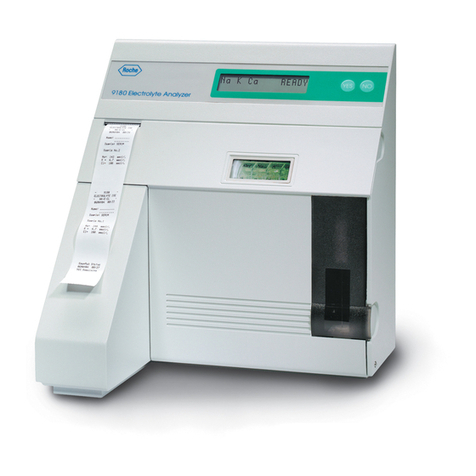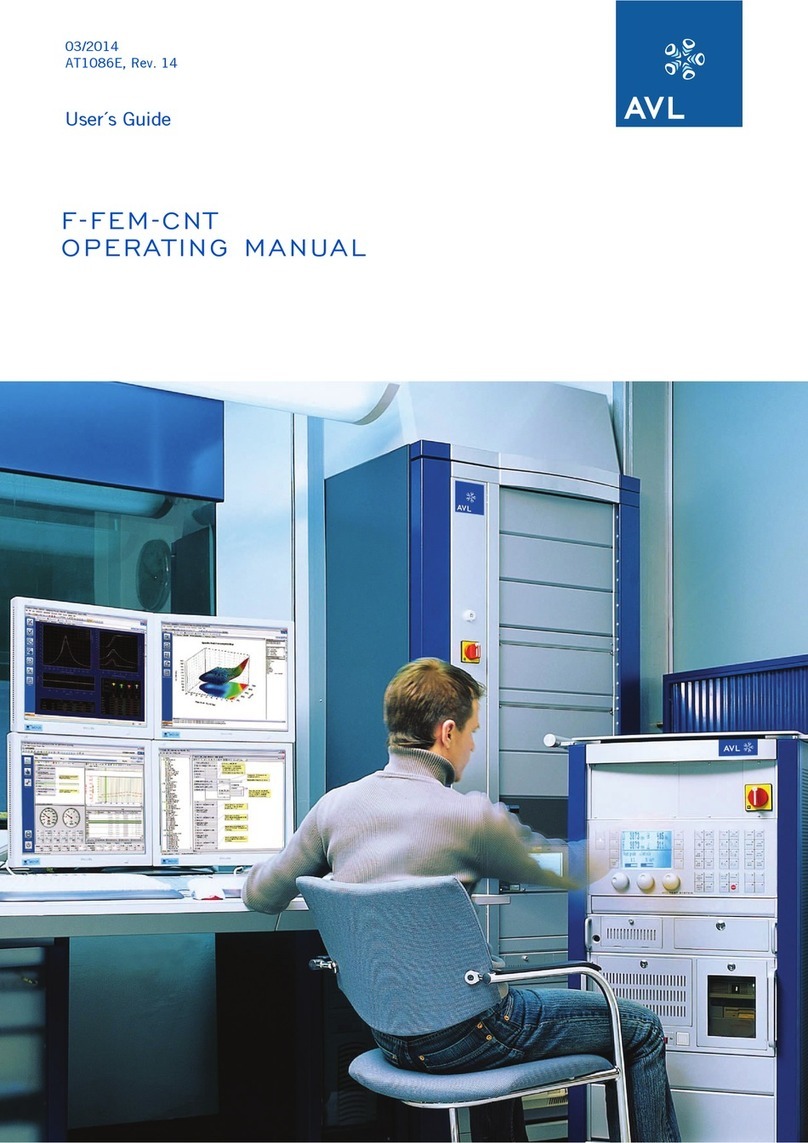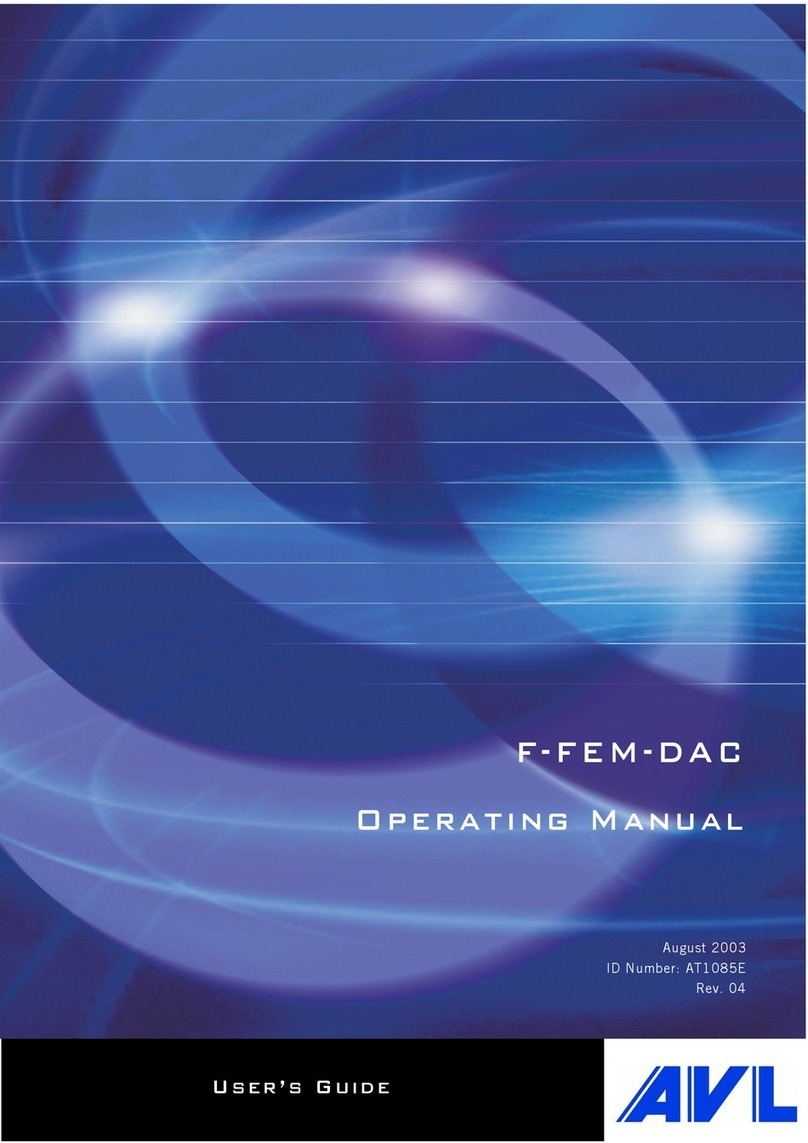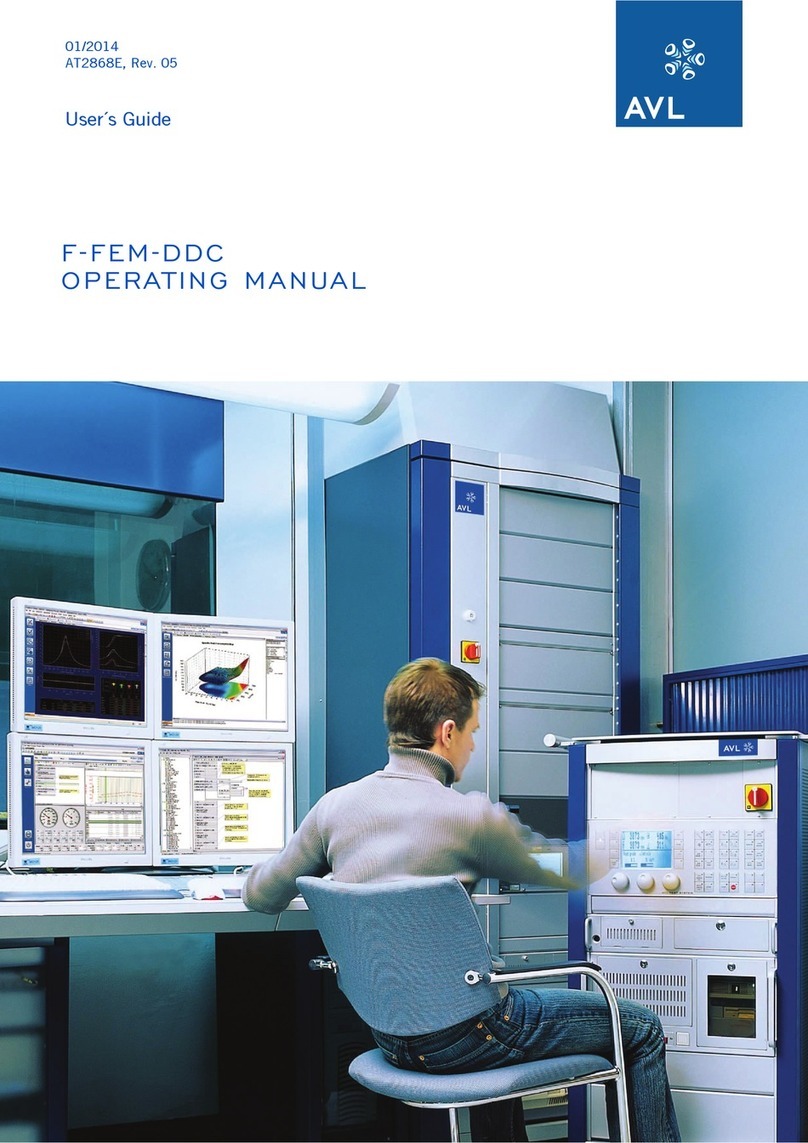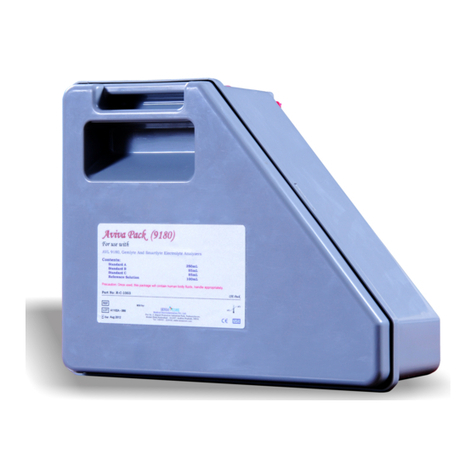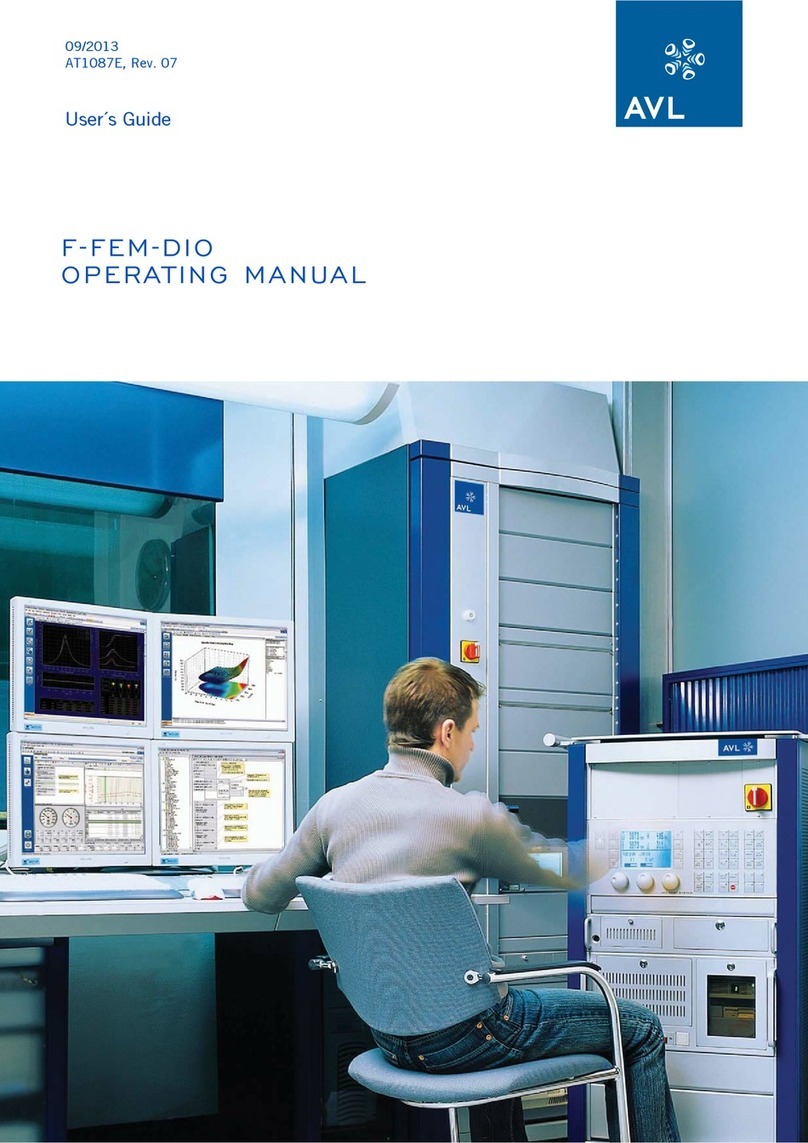
Table of Contents
8
F-FEM-CON — User’s Guide
4 Operation.......................................................................................................................... 35
4.1 Analog Inputs.......................................................................................................................... 35
4.1.1 Block Diagrams .................................................................................................................36
4.1.2 Acquisition Rate and Aliasing............................................................................................38
4.1.3 AC Characteristics ............................................................................................................39
4.1.3.1 Requirements....................................................................................................39
4.1.3.2 Signal Noise Ratio (SNR)..................................................................................39
4.1.3.3 Total Harmonic Distorsion (THD) ......................................................................39
4.1.3.4 Notes.................................................................................................................39
4.1.3.5 Frequency Spectrum.........................................................................................40
4.1.4 Specifications ....................................................................................................................42
4.1.4.1 Voltage ..............................................................................................................42
4.1.4.2 Current ..............................................................................................................43
4.2 Analog Input Load Cell ........................................................................................................... 44
4.2.1 Block Diagram...................................................................................................................44
4.2.2 Specifications ....................................................................................................................45
4.3 Analog Outputs....................................................................................................................... 47
4.3.1 Block Diagram...................................................................................................................47
4.3.2 Specifications ....................................................................................................................48
4.3.2.1 Voltage Output ..................................................................................................48
4.3.2.2 Current Output ..................................................................................................48
4.3.2.3 Analog Outputs, General...................................................................................49
4.4 Digital Inputs........................................................................................................................... 50
4.4.1 Block Diagram...................................................................................................................50
4.4.2 Specifications ....................................................................................................................51
4.5 Digital Outputs ........................................................................................................................ 52
4.5.1 Block Diagram...................................................................................................................52
4.5.2 Specifications ....................................................................................................................53
4.6 Counter Inputs ........................................................................................................................ 54
4.6.1 Input Circuit for Digital Input..............................................................................................54
4.6.2 Input Circuit for Inductive Pick-up .....................................................................................55
4.6.3 Input Circuit for Incremental Rotary Encoder ....................................................................55
4.6.4 Input Circuit for Hall Encoder ............................................................................................56
4.6.5 Description of Function .....................................................................................................57
4.6.6 Evaluation of Edges ..........................................................................................................57
4.6.6.1 Single Edge Evaluation .....................................................................................58
4.6.6.2 Multi Edge Evaluation .......................................................................................58
4.6.7 Toothed Disk with n-2 Teeth .............................................................................................59
4.6.8 Toothed Disk with n-1 Teeth .............................................................................................60
4.6.9 Block Diagram of Counter Channels.................................................................................61
4.6.10 Sensor types and attributes ..............................................................................................62
4.6.11 Accuracy Specification ......................................................................................................62
4.6.12 Sensor Inputs ....................................................................................................................68
4.7 Frequency Outputs ................................................................................................................. 69
4.7.1 Block Diagram...................................................................................................................69
4.7.2 Description of Modes ........................................................................................................70
4.7.2.1 Signal type: PWM, PWM inverted .....................................................................70
4.7.2.2 Signal type: Simulate ABZ ................................................................................71
4.7.2.3 Signal type: Signal Splitter (SiSp) .....................................................................72
4.7.3 Accuracy of the Frequency Synthesis...............................................................................74













